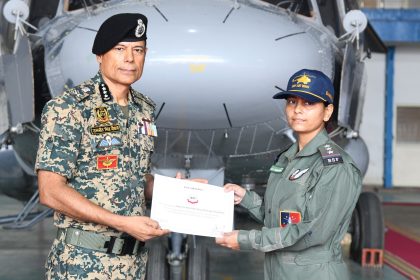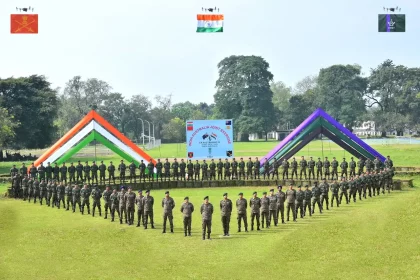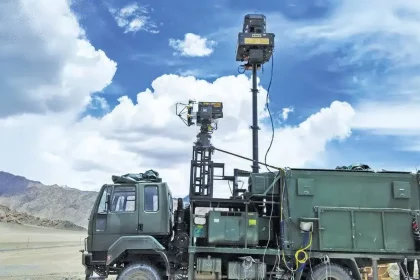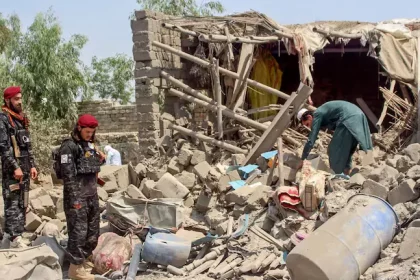Inspector Bhawna Chaudhary Becomes BSF Air Wing’s First Woman Flight Engineer
Inspector Bhawna Chaudhary has made history by becoming the first woman flight engineer in the BSF Air Wing.
India-Australia Joint Military Exercise ‘AUSTRAHIND 2025’ Begins in Perth
Fourth Edition of India-Australia Joint Military Exercise Strengthens Defence Cooperation and Interoperability in the Indo-Pacific Region.
DAC Approves ₹5,150 Crore ‘Dharashakti’ Electronic Warfare System to Boost Army’s Signal Superiority
Indigenous ‘Dharashakti’ system to strengthen India’s electronic warfare dominance and secure battlefield communication networks under ₹5,150 crore DAC approval.
Viral Photo of Army Veteran’s Car Blends Humor and Pride, Wins Hearts Online
Viral photo of a car with “My other car was a tank” sticker wins hearts online, blending humor, nostalgia, and…
PIB Debunks Viral Deepfake Claim on Loss of Four Rafales, Confirms No Missing of Lt Shivangi Singh
PIB confirms no Rafale loss, no missing pilot; viral deepfake video targeting IAF Chief is false.
Afghanistan Claims 58 Pakistani Soldiers Killed in Overnight Border Operations
Taliban claims heavy Pakistani casualties in overnight border strikes; both nations exchange accusations, regional powers call for restraint.






